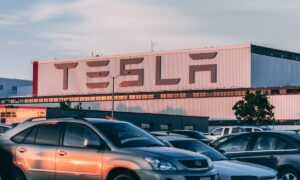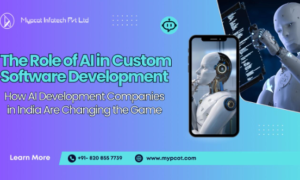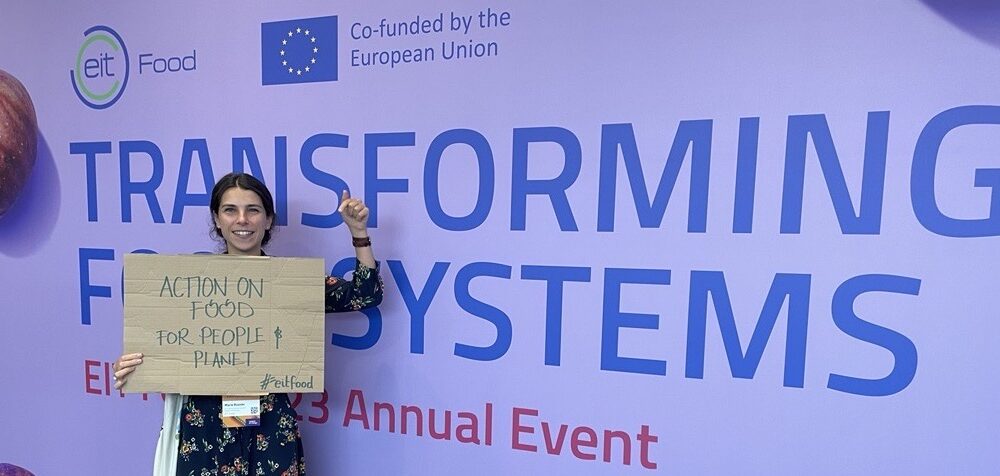Tesla unveiled its Optimus humanoid inside a transparent cage, stationary next to its automobiles, while Chinese businesses showcased human-like robots last week, grabbing drinks or playing the zither.
TakeAway Points:
- Last week, Chinese tech companies showcased humanoid robots fetching sodas or playing the zither, while Tesla put its Optimus humanoid in a transparent box next to their vehicles.
- Beijing hosted the World Robot Conference on Wednesday, and it claimed to have discovered a record-breaking 27 humanoids.
- The next major step forward in the development of humanoids, according to Lanchi Ventures partner Wei Cao, could come in the next year or two: a commercially feasible use case in manufacturing where the robots are able to walk around and prioritise a set of duties.
Tesla’s Optimus
Elon Musk has claimed Optimus can fold laundry and one day cook, clean, or teach children — tech he touts can give Tesla a value of $25 trillion. Musk says Tesla plans to test out the humanoids in its factories next year. It’s unclear how well they can perform right now.
Meanwhile, the World Robot Conference that began Wednesday in Beijing claimed 27 humanoids debuted at the event, a record. Similar to the country’s rush into electric cars a few years ago, money and resources are now flowing into the development of humanlike robots.
Total investment into China’s robotics industry in the last decade has exceeded 100 billion yuan ($14.01 billion), said Wei Cao, partner at Lanchi Ventures. He said the firm has around 15 billion to 20 billion yuan in assets under management.
Cao said he expects the next milestone for humanoid development will occur in the next year or two: a commercially viable use case in manufacturing in which the robots can move around and know how to prioritize a series of tasks.
That’s more sophisticated than repeating a single task, such as grabbing a water bottle, which the robots can already do, as Cao pointed out. He noted how artificial intelligence, including models from OpenAI and Alibaba, has significantly improved how successful robots can be at processing information for performing tasks.
Lanchi Ventures’s Agibot
Lanchi Ventures is an investor in Shanghai-based Agibot, a humanoid startup founded in February 2023 by a one-time Huawei recruit. A few days before the World Robot Conference, the startup revealed five new robots, some available for preorder with a 5,000 yuan deposit.
Agibot aims to begin some deliveries in mid-October, followed by a batch of 300 robots starting in November. Its advertisement for the available human-like robots showed they could act as salespeople, gallery guides, or pickers of factory parts. Some were on display at the conference.
Also in attendance was Stardust Intelligence’s Astribot S1 humanlike robot, which in late April had appeared in a promotional video folding a shirt and pouring wine. A few of the robots on display at the conference performed intricate Chinese martial arts moves, played the zither and wrote Chinese brush calligraphy.
Shenzhen-based Stardust was founded in December 2022 by a former member of Tencent and Baidu’s robotics projects. The startup says it uses artificial intelligence to support the robots’ imitation learning, where the machines can replicate actions after watching them.
Compared to last year, the number and kinds of demos at the World Robot Conference increased significantly, Lanchi’s Cao said, noting that many students and young people also attended.
In his assessment, robot tech from Tesla and other U.S. companies are likely one to two years ahead of that in China. But Cao pointed out that China has self-sufficiency in more than 95% of the humanoid supply chain.
As for why Tesla didn’t showcase Optimus in action at the conference, Cao said the promo videos already show it has high capabilities and he understands if the company did not want to invest resources in having an engineer operate demos.
Jeff Burnstein, president of the U.S. Association for Advancing Automation (A3), spoke at the conference via a recorded video and showed some virtual demonstrations of humanoid startups such as Agility.
“These are demos, but they as well as others are now in pilot programs, and some companies we believe actually started using them more than just a pilot,” he said, noting the association is having its own humanoid conference in Tennessee on Oct. 7.
Humanoid specialization
Instead of replicating the entirety of a human being all at once, humanoid companies have tended to focus on specific parts before moving on to others.
One of Shenzhen-based Limx Dynamics’ products released this year is the P1, a robot for research purposes that can balance on two legs. It can walk up and down stairs, and regain balance when shoved.
Limx Dynamics was founded more than two years ago. Its recent backers include Alibaba, according to PitchBook. The startup earlier this month announced its humanoid could move objects in a warehouse and autonomously replan how to complete a task if the target is moved.
Other companies at the World Robot Conference showed off an array of gears, robot hands, and other parts.
Around the year 2030, a single robot will likely be able to perform simple household tasks, nursing care, and medical treatment, partly on its own and partly in cooperation with humans, Shigeki Sugano, president of the Robotics Society of Japan, said Thursday during the conference forum.
That includes the ability to express emotions, he said. He doesn’t expect fully autonomous humanoids until after 2050.
Among the development challenges, he said that if a humanoid robot is to fully support humans, then it will need to address the current problem of not having enough power.
A humanoid’s battery may only last for two hours before needing to be recharged.



































